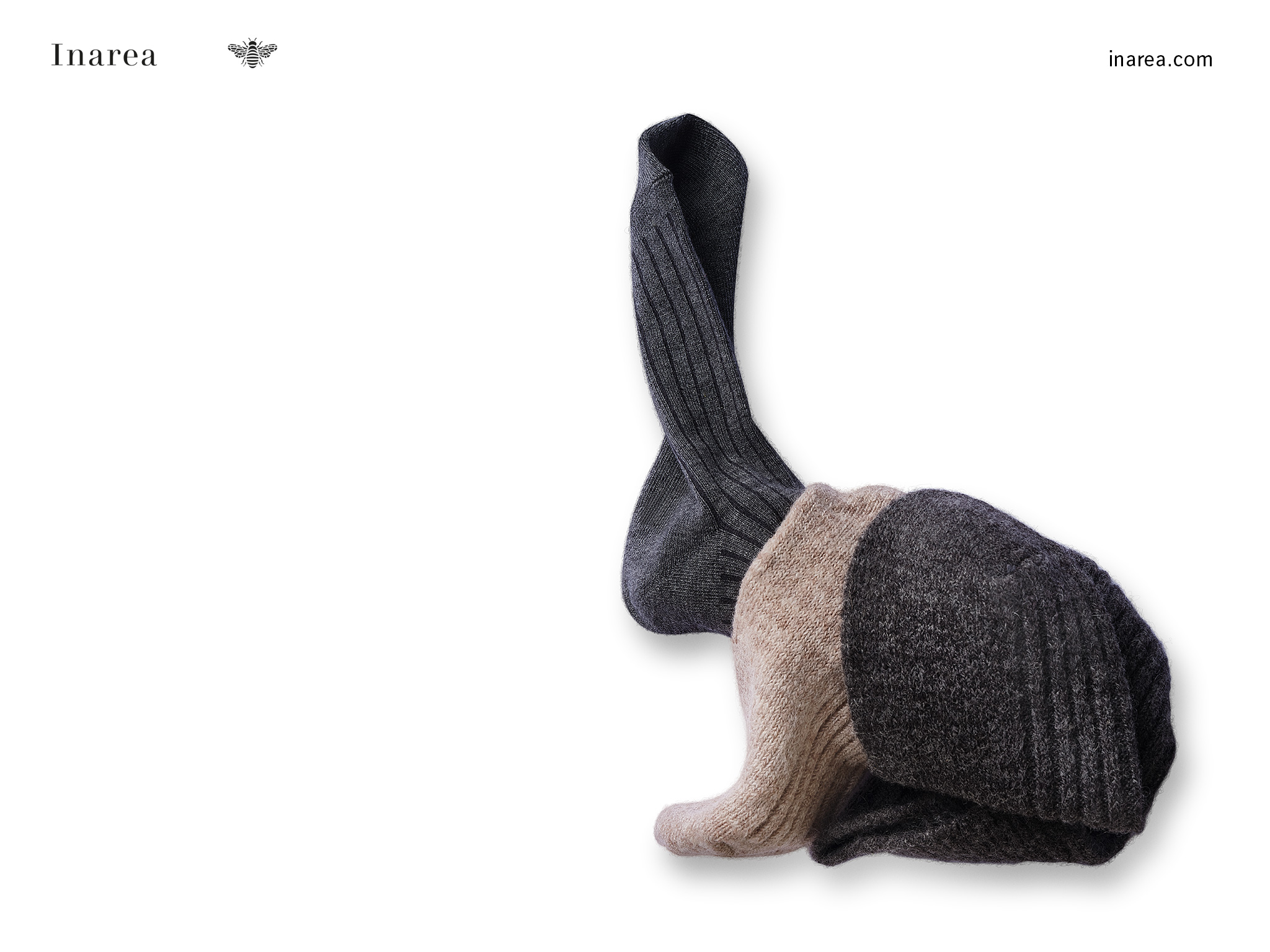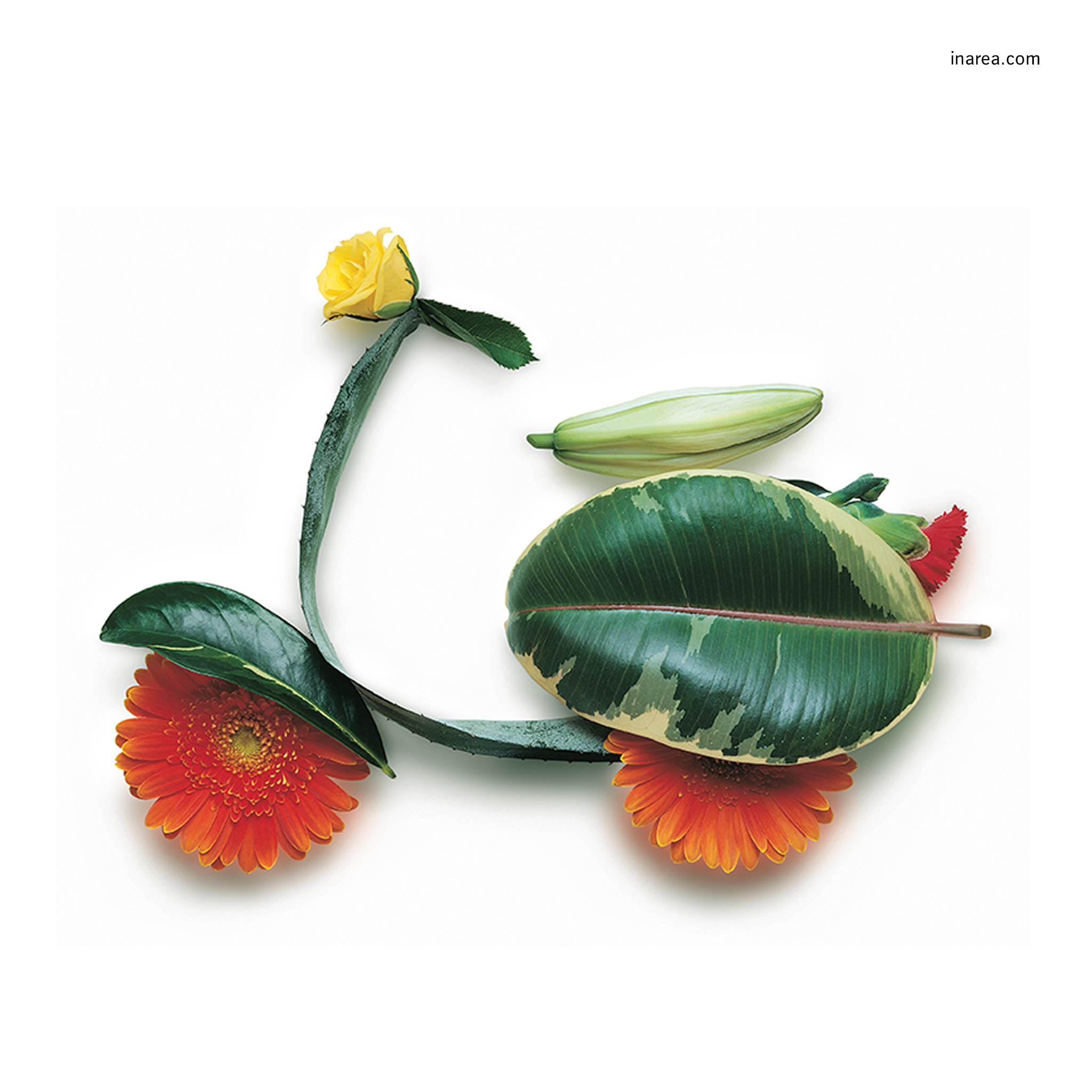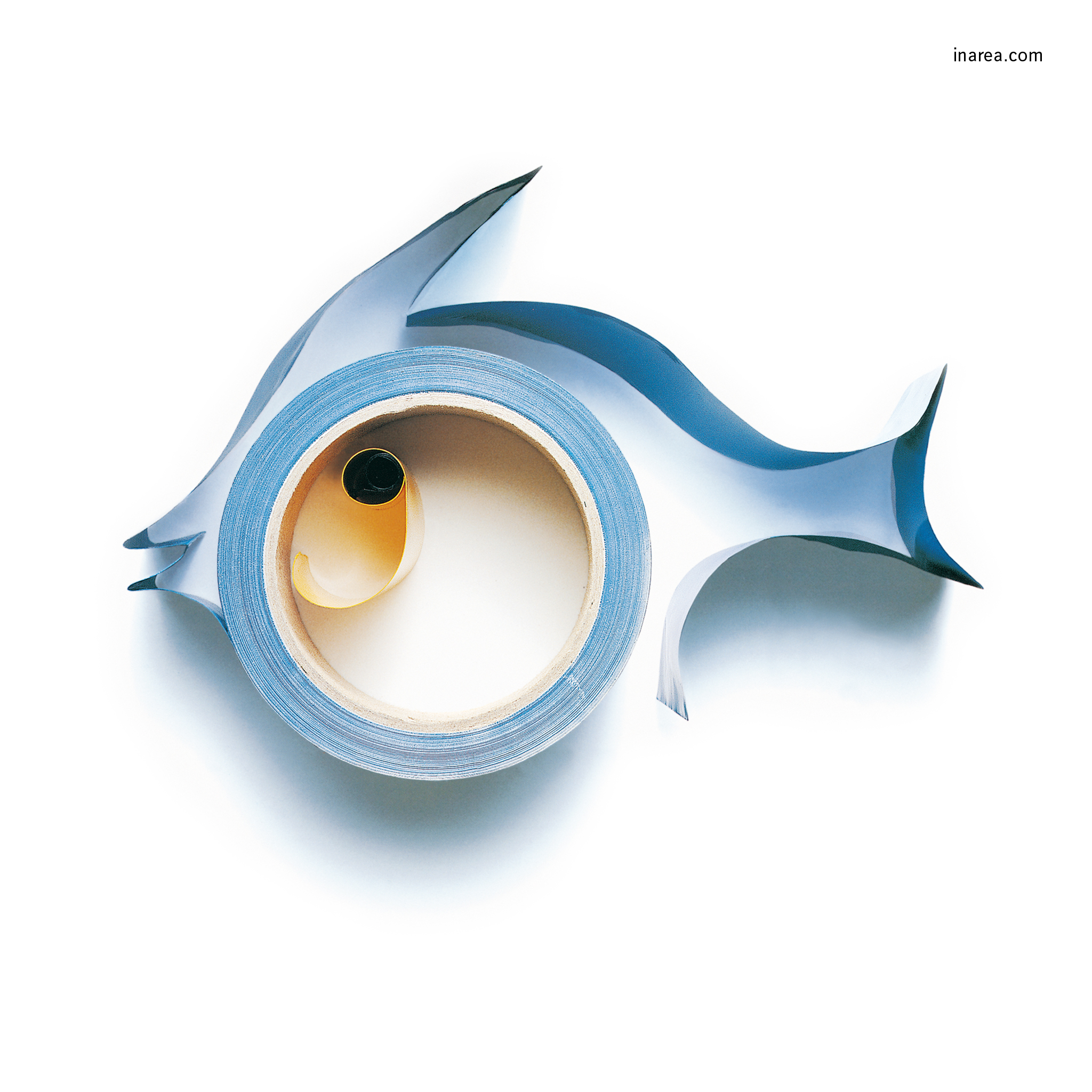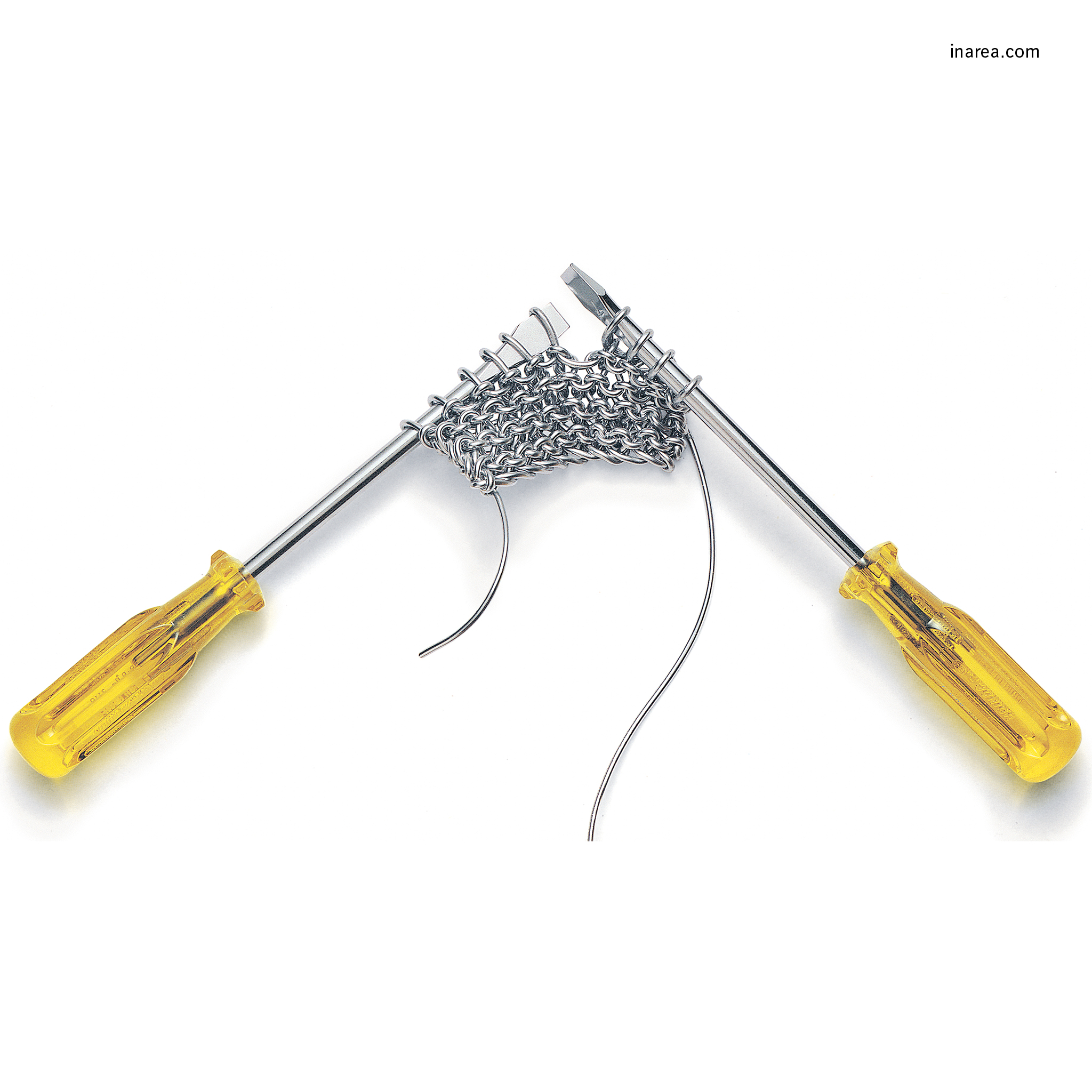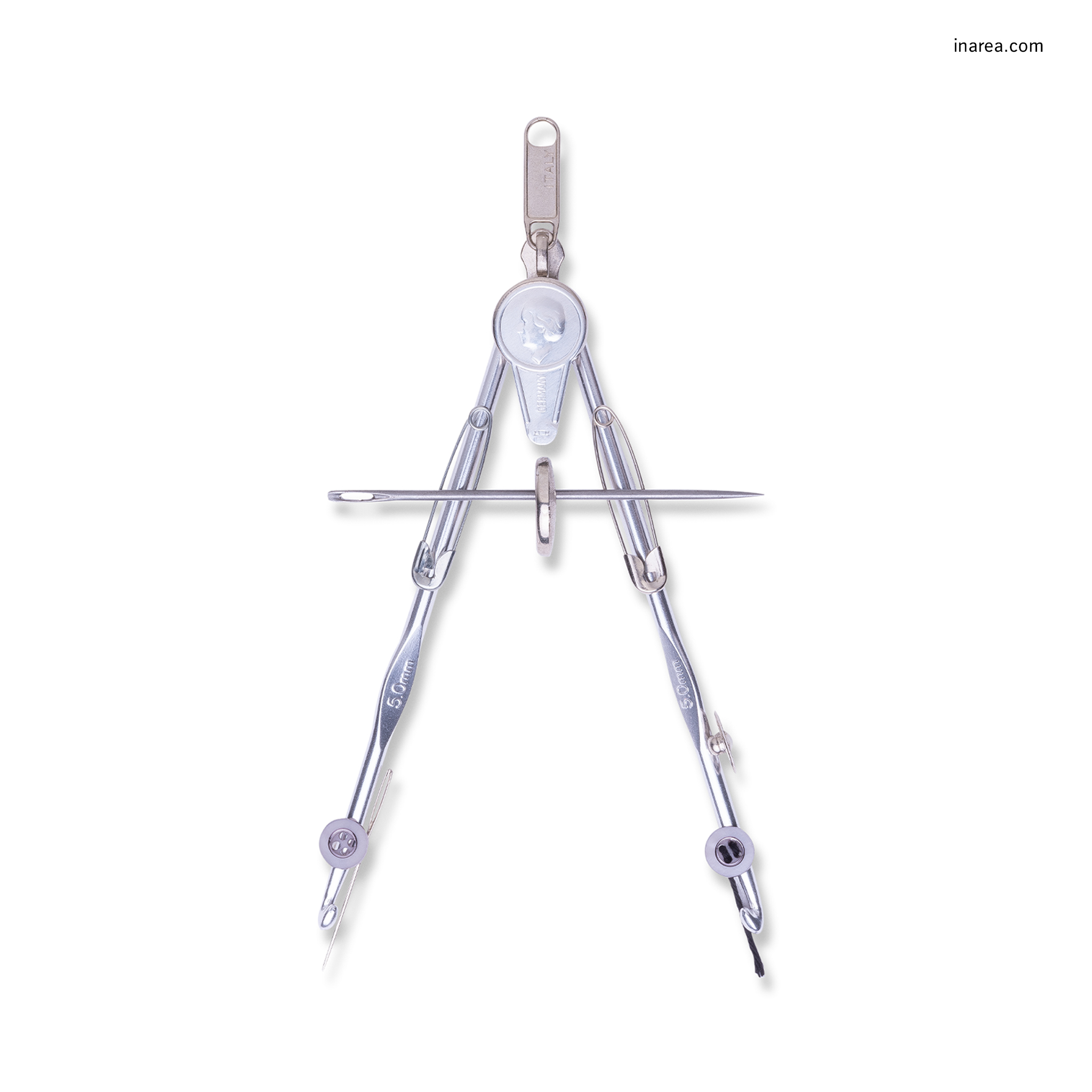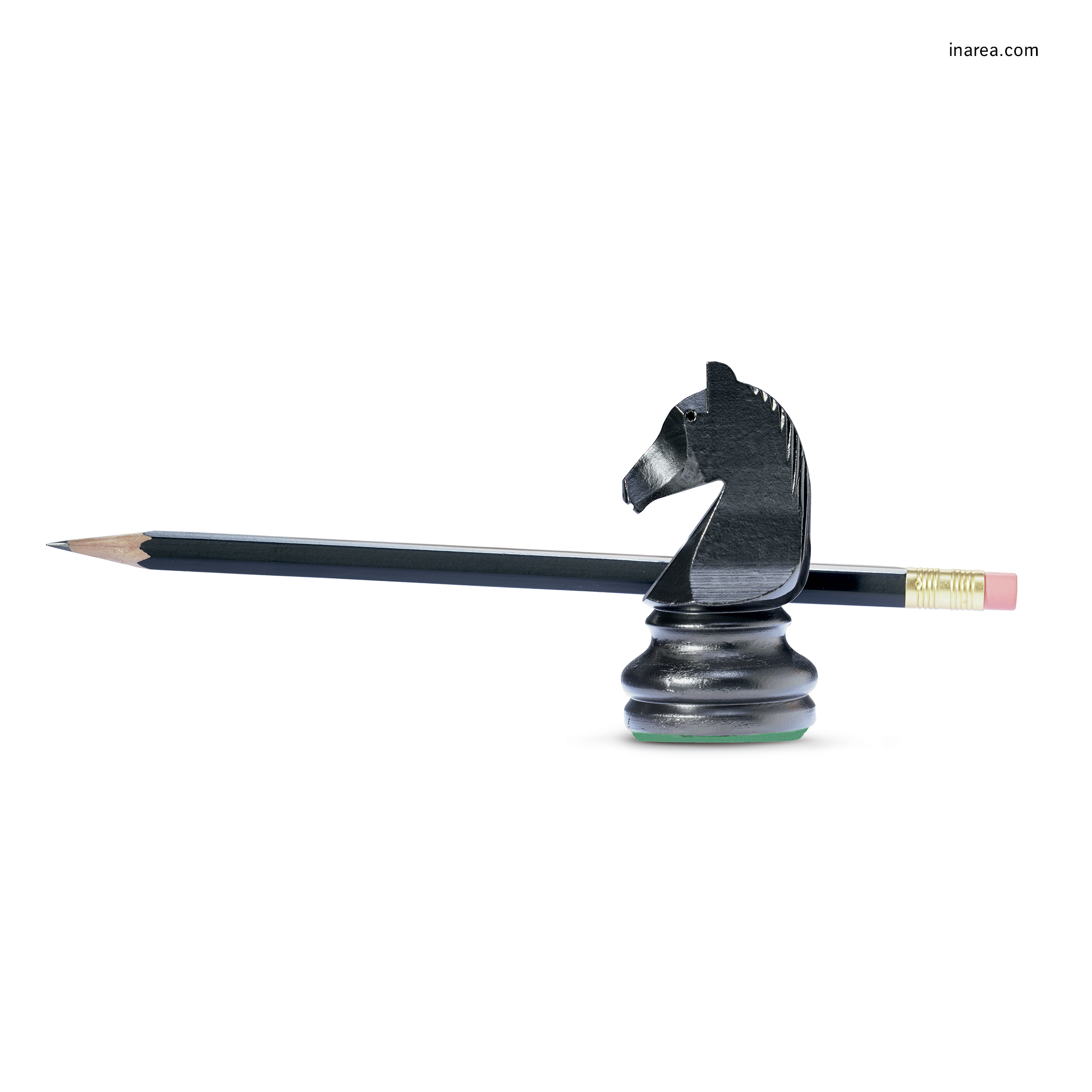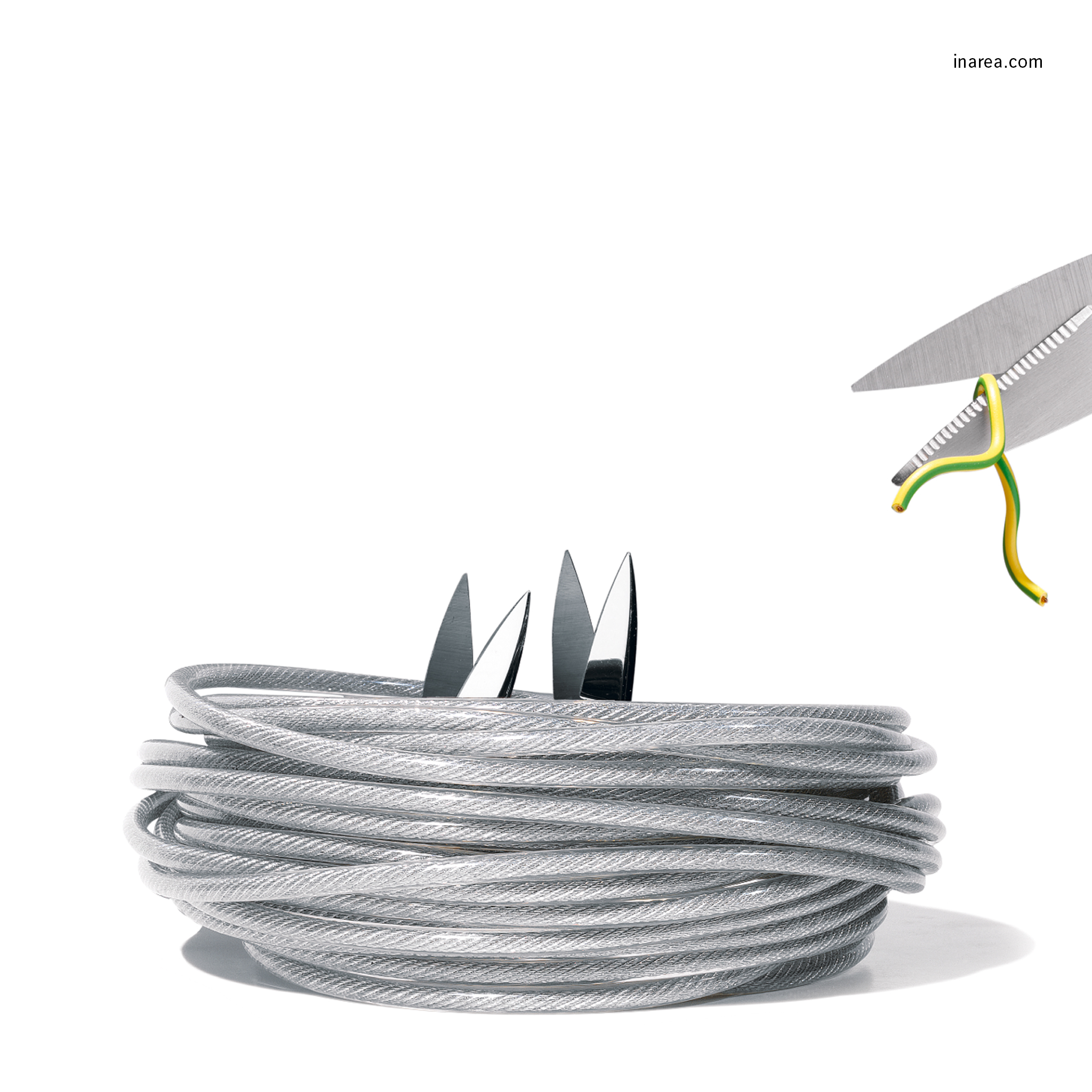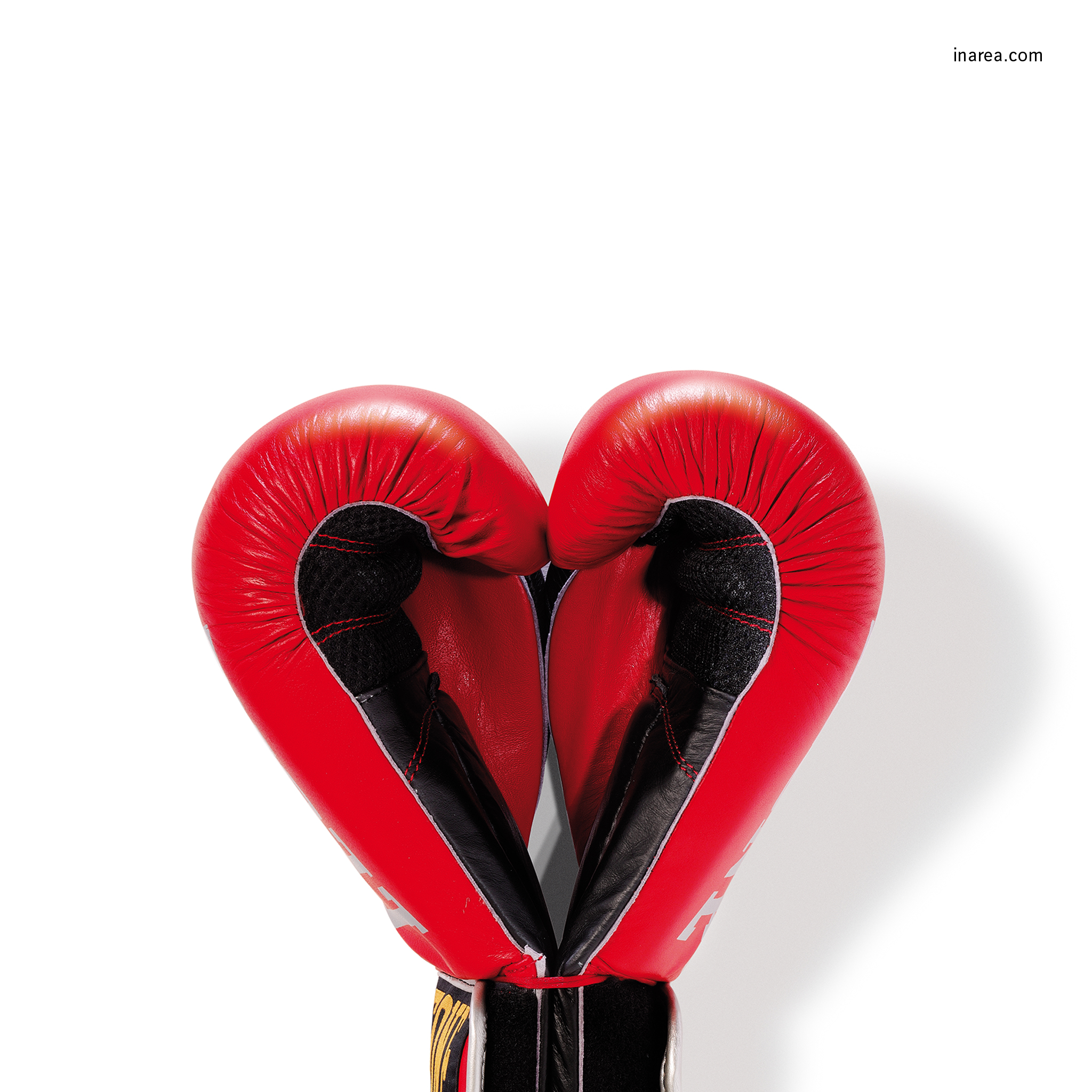Easter bonnets or sock bunnies?
WHY COMPANIES NEED KIND LEADERS Taking our cue from the long-standing question “Which came first: the chicken or the egg?”, by the same token we could ask ourselves which animal holds exclusive rights to Easter: the rabbit or the hare? While we’ve no doubt that general opinion today would opt for the bunny rabbit, in the old days the choice would instead have fallen on the hare, that fast and fertile deity of the woodlands: indeed, so quick-off-the-mark that the appropriately-called “March Hares” were among the first inhabitants of the forest to wake from hibernation and bounce into action amidst the early spring primroses. All these coincidences – whether relating to time or species – explain why none other than good ol’ Br’er Hare was the archetypal critter associated with Easter. An epochal shift occurred at a certain moment in history and the Easter Bunny became the chosen member of the Leporid family tasked with bringing eggs to children at Eastertide (a tradition that originated in Germany between the Middle Ages and the Renaissance). Unlike its cousin, the energetic hare, the rabbit is a burrower and a cocooner. However, a comfort zone isn’t always a place to come out of, as testified by our bright-eyed and bushy-tailed example above, about to be rolled out and filled with eggies: without splitting hairs, let’s call it an Easter stocking. Happy Easter from all of us at Inarea Seasonal Identities The late 19th-century psychologist Joseph Jastrow used to show this drawing to children: on Easter Sunday, they would see it as a rabbit, while in October as a duck. The “rabbit-duck” image is the quintessential “interpretative illusion”. MadeInarea Rabbit or hare? Italo had no doubts as to which of the two could best represent the idea of high-speed and lightness at the same time. We gave it a distinctive branding and, in so doing, created a well-known and much-loved trademark (2011)

